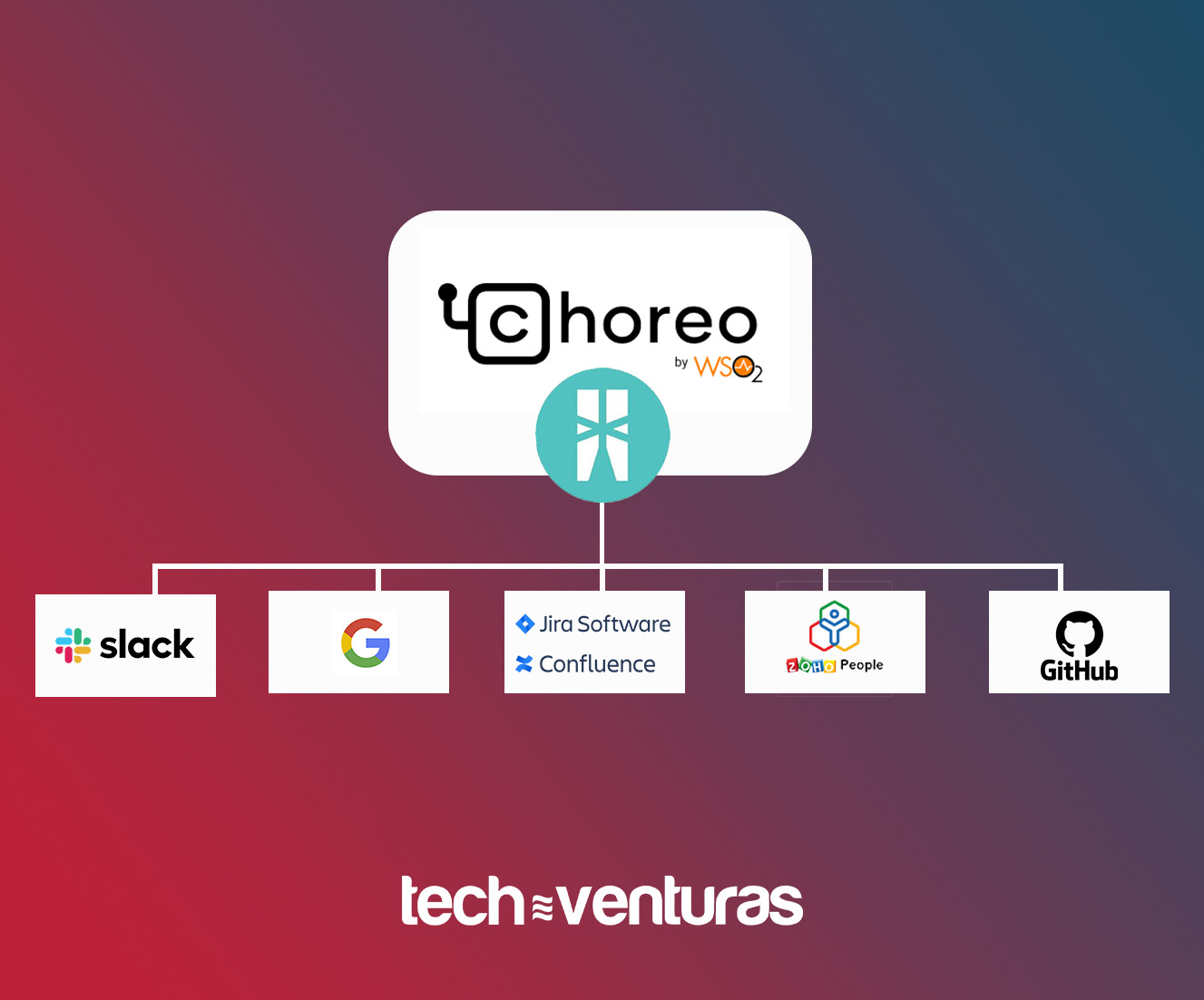“Open source technology is the ideal solution to take African digital banks to a whole new level. Take advantage of the most accessible resource to create excellence”
Introduction
Open source technology delivers unparalleled opportunities for industries across the globe. Freedom to leverage and innovate upon existing ICT infrastructure at virtually no cost is a boon to the African economy. It heralds the dawn of new change as – millennial entrepreneurs enabled by high mobile penetration rates in parts of the continent – explore the huge potential benefits of digital systems.
Often exploited and neglected as the home of the human species, Africa continues to inspire the rest of the world with talent and ingenuity. As open source technologies and Open Banking APIs are made available to the banking and financial sectors, local entrepreneurs are rationally inclined to adopt open source technologies and deliver digital services over existing network infrastructure.
Growing FinTech and the need for open source technology
McKinsey reports that more Africans now have bank accounts. The numbers increased from 170 mn in 2012 to nearly 300mn in the five years leading to 2017. At a continental level, revenues are anticipated to grow from $86bn to $129bn between the two years 2017 and 2019.
(Source – https://digitalbankerafrica.com/origins-and-growth-outlook-of-digital-banking-in-africa/)

Open source technologies built around Middleware, API Management and Identity Management solutions contribute immensely to the connection of rural economies and provide such services at virtually minimal cost. The availability of cutting edge fintech applications empowers local technology entrepreneurs to continue to engage in creating and extracting value off mobile enabled commercial applications.
Africans are slowly moving towards a better financial establishment. Banks gain prominence and people become increasingly interested in banking services. Opening a bank account, access to savings, investments, credit and insurance make it possible for them to explore economic opportunities. The idea of saving even encourages people to try out new businesses and investment opportunities too.

(source – https://digitalbankerafrica.com/the-top-10-digital-banking-trends-for-2021/)
Mobile penetration in Africa is drastically accelerating. At a time when people barely leave home, they find it convenient to access services through the mobile. Also, they don’t have to take the pain of travelling a long way to get to banks. The digital world is more accessible for them than ever. Thus, it’s high time to enrich digital banking with cost effective open source technology to come up with services to cater to the growing needs of Africans.
Open sources technologies are ideal for Innovative digital banking in Africa
People from all walks of life come together to build open source technology. Each of them carries different knowledge and experience and contributes to the course in numerous ways. This indeed paves way for finding incredible technical solutions for various challenges.
Banking services have a high demand in Africa banks. Therefore their services can be further expanded. Nowadays technological innovation comes in handy due to the free accessibility of data. It makes it highly profitable for financial firms like banks to get the maximum use out of them. The idea of open source technologies was initially skeptical concerning their reliability. However, many of them have turned out to be a great success.
It could be an ideal choice to integrate a new digital banking sector to address the different needs of the African community. Local tech entrepreneurs can build custom based applications to provide different banking services. Since the business modules of banks have largely shifted to a digital platform it’s about time for African banks to start considering a change. They can employ new technologies like cloud, APIs and open source technology to transform to an IT based functionality.
How do you, as a bank, open the doors for these FinTechs to leverage the opportunity?
Opening your banking functionality to the outside world securely via digital means, provides the answer to the above question. To be competitive in the BFSI industry at this very moment, banks should really consider an API ecosystem to enable this.
Tier 1 banks already implemented such solutions and are thriving with the benefits it brings while tier 2 and tier 3 banks with strict budgets for IT, still struggle. Especially, when it is the time of growing Open Banking initiatives in various parts of the world.
This is where open source solutions could play a massive role for these banks. Some of the readily available solutions, specifically designed for Open Banking and banking APIs do not fit in the budgets of tier 2 and tier 3 banks. But, solutions can be designed using open source technologies with sophisticated features, yet very economically.
An open source solution blueprint for digital banking
The only way for banks to enable their digital services for external consumption is by establishing an API ecosystem. There are 3 main capabilities that should be put together to achieve a secure, digitally scalable API ecosystem.
API management capability (APIM)
Allows the banks to expose their internal functionality via RESTFul APIs, manage the lifecycle of those APIs, control and limit the access to them. A part of an API management solution is the capability of discovering and subscribing to the APIs published by the bank for external parties, so that they could implement new solutions for customers, using the bank’s backbone.
Identity management capability (IAM)
Digitization involves managing the digital identities of everyone who participates as the actors for the entire API ecosystem. This includes identities of the entities accessing the APIs, customers accessing banking services via various portals and mobile applications, identities of the internal bank staff etc. The API management system is integrated with the IAM system to generate access tokens to the APIs with permissions. An IAM solution also brings various authentication capabilities required by banks such as multi-factor authentication (MFA) with Time-based One-time Password (TOTP), biometric based access and many more. Adaptive authentication is a key capability a bank could adopt, where it could dynamically change the authentication based on the time, geo location, device etc. With IAM, we focus on two realms of solutions for banks. Customer identity and access management (CIAM) and workforce identity and access management (WIAM) focusing on internal and external identities. An IAM solution provides all these capabilities and the good news is, there are open source solutions that provide the said capabilities.
Enterprise Integration capability
Integration is the paramount requirement for APIM and IAM systems to work seamlessly with the downstreams systems of the bank. Especially the core banking system of the bank should be integrated and its functionalities should be exposed via the APIs. There could be many other systems within the bank that need to be connected to orchestrate a particular customer flow. There are many open source solutions leading the world of enterprise integration which banks can leverage to establish this capability.
By putting the above 3 capabilities together, a bank or a financial organization of any size can truly transform digitally. And it could be implemented completely using commercial-friendly open source licensed technologies. Either the bank’s IT department or a third-party vendor should put together the right architecture to implement this solution. Following is a technology blueprint that can be used as a starting point by these IT teams.

How is open source technology more profitable for digital banking?
Though globally banks were hesitant about the idea of using open source technology they have slowly embraced it over time. It made a huge difference due to the immense contribution of world-renowned IT hubs like Google, Apache, Facebook, Amazon and Microsoft towards open source technology.
Open source technology could be the best cost effective option for African banks to build their business. To achieve the blueprint explained above, banks could explore some of the available open source technologies listed in the below table. These technologies have already been used by many banks and proven for their functionality.

As open source technologies are common, organizations would find it more comfortable to use them. Incorporating them to build digital banking systems could save tonnes of money as well as provide a competitive advantage for banks.
Conclusion
The emerging idea of digital banking can be further enhanced with the use of Open source technology. They could provide solutions for several problems in the African banking system. This is an incredible alternative for depending on costly ventures to develop digital components for their banking services. With the freely available data, human resources and built-in applications and digital features African banks can rapidly move forward. We at Tech Venturas are happy to assist you in building your dream digital bank with the help of open source technologies.
References:
- Finextra.com https://www.finextra.com/blogposting/18378/banks-are-finally-embracing-the-open-source-movement
- Global Banking & Finance – https://bit.ly/3AIyw7O
- Digital banker Africa – https://digitalbankerafrica.com/the-top-10-digital-banking-trends-for-2021/)
Backbase – https://www.backbase.com/digital-banking-transformation-in-africa/



